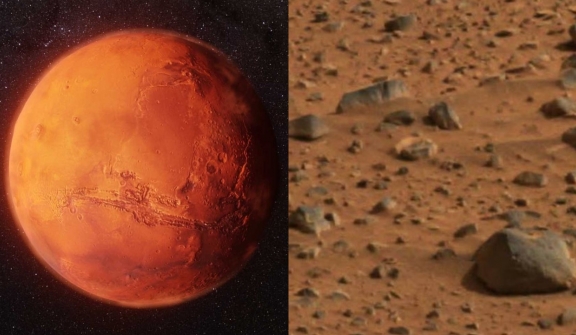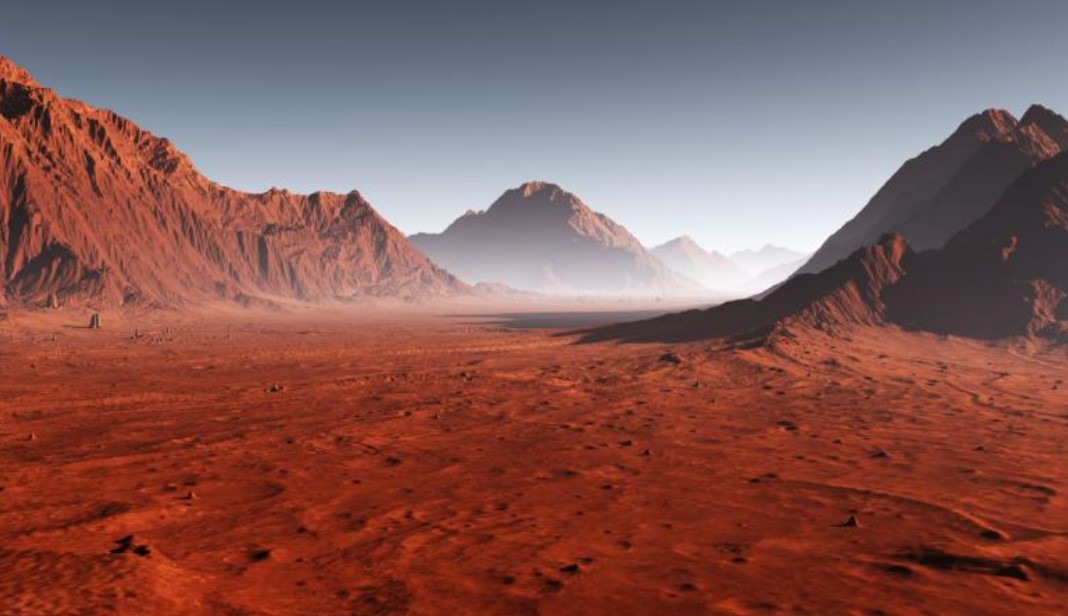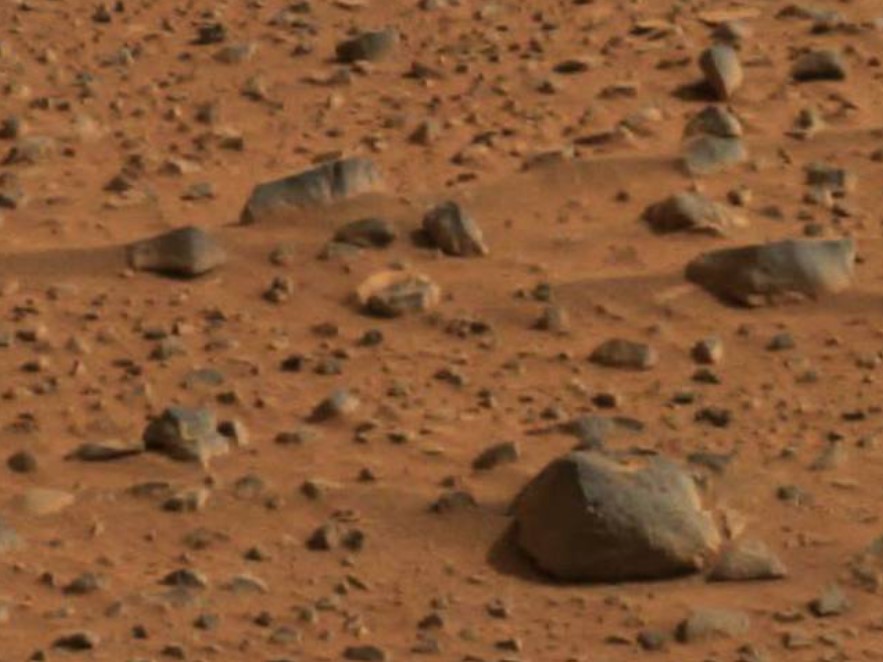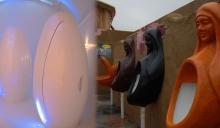
Mars has always been a source of fascination for scientists and space enthusiasts alike.
With its barren landscape and potential for harboring life, it is a planet that continues to intrigue scientists.
Recently, an expedition to Mars has uncovered an intriguing discovery, which were strange structures buried below the planet's surface.
These structures have the appearance of large polygons and could offer insight into the structure and formation of the planet.

The Chinese rover Zhurong, which landed on Mars in May 2021, has made a groundbreaking discovery.
During its exploration of Utopia Planitia, the largest impact crater on Mars, the rover found 16 structures buried approximately 35 meters underground. This is the first time such structures have been discovered on the Red Planet.
Using radar technology, the rover was able to examine the structures horizontally across 1.9 kilometers.
This provided scientists with a detailed view of the structures and their surroundings.
The images captured by the rover show the structures to be polygonal in shape, with some measuring up to 200 meters in diameter.

Upon further analysis, experts believe that these structures were formed as a result of a freeze-and-thaw cycle.
This process is similar to what happens on Earth during the changing of seasons.
As temperatures drop, water freezes and expands, causing cracks to form in the terrain. When the temperature rises again, the ice melts, filling in the cracks and creating polygonal patterns.
This theory is supported by previous evidence that suggests Mars experienced floods in its basins more than 3 billion years ago.
These floods would have displaced sediment, which then settled and underwent the freeze and thaw cycle, forming the structures we see today.
Additionally, other thermal processes may have also played a role in the formation of these structures.

One interesting aspect of this discovery is that there is no evidence to suggest that the structures were formed as a result of lava, unlike some similar structures found on Earth.
For example, the Giant's Causeway in Ireland was formed by lava cooling and creating hexagonal columns. However, the structures on Mars do not show any signs of volcanic activity.
This raises questions about the geological processes that have shaped Mars and how they differ from those on Earth.
The discovery of these structures has significant implications for our understanding of Mars.
Firstly, it provides evidence of past water activity on the planet. The freeze and thaw cycle that formed these structures requires the presence of water, which adds to the growing body of evidence that suggests Mars once had liquid water on its surface.

Furthermore, the detailed images captured by the rover provide valuable information about the composition and structure of the Martian soil.
This could help scientists in their search for potential habitats for microbial life on the planet.
The structures may also serve as a potential source of resources for future human missions to Mars.




